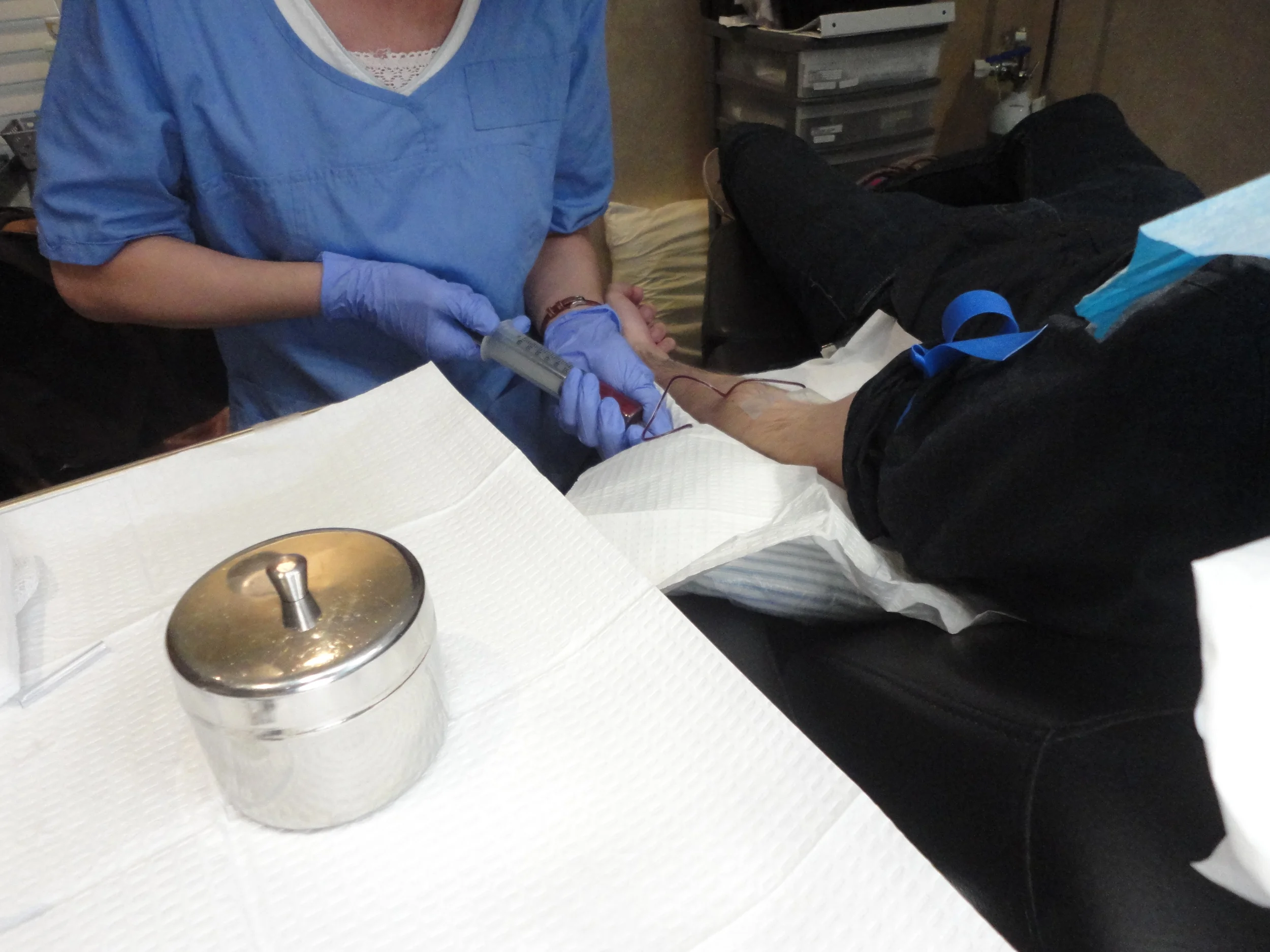Platelet Rich Plasma for Men and Women: Results of the Largest Study to Date
PRP requires a small amount of blood to be obtained. The blood is then separated to obtain platelet rich plasma or "PRP" that is then injected into the scalp
PRP FOR HAIR LOSS
Platelet rich plasma remains an area of active interest for the treatment of androgenetic alopecia (AGA). A number of growth factors present in the PRP are known to stimulate hair growth and stimulate activation of dermal papilla cells. A handful of studies to date support a role for PRP in treating AGA.
New study supports a benefit of PRP
In a new study, US and Italian researchers designed a study investigating the role of PRP in men and women with AGA. PRP concentrations 3.5 to 4 times above baseline were used in the study. A 1mm deep Scalproller was used to further induce cutaneous inflammation. Injections were repeated at a 3 month time point and clinical evaluation was performed at the 3 month and 6 month interval. 2 investigators assessed the response of patients via before and after photographs.
64 patients enrolled in the study, including 42 men and 22 women. The median age of males was 28 and 32 in the female group. None of the patients were allowed to start new therapies other than the PRP.
What were the results of the study?
Overall, results favored the use of PRP for treating AGA. One investigator deemed 62/64 patients to have improved and the second investigator felt 64/64 improved. Investigator 1 deemed 40.6 % to have a clinically important difference and investigator 2 felt 54.7 % had a clinically important difference. There was no difference in responses according to gender, age, number of platelets or the degree of hair loss at baseline. Interestingly, a greater degree of improvement was found in those with a more severe hair loss. There were no adverse effects noted such as allergic reactions pain, fever or prolonged redness. Post operative telogen effluvium was not noted.
Conclusion:
This is an exciting study which further supports a role for PRP in the treatment of androgenetic alopecia. Like other studies, this study supports the notion that PRP concentrations should be 3-5 times above baseline in order to stimulate improvement. There are numerous PRP machine on the market and numerous distinct techniques. Further research is needed to understand which components and modifications are most important.
Reference
Schiavone et al. Platelet-Rich Plasma for Androgenetic Alopecia: A Pilot Study. Dermatol Surg; 2014; 40:1010-1019.
This article was written by Dr. Jeff Donovan, a Canadian and US board certified dermatologist specializing exclusively in hair loss.

